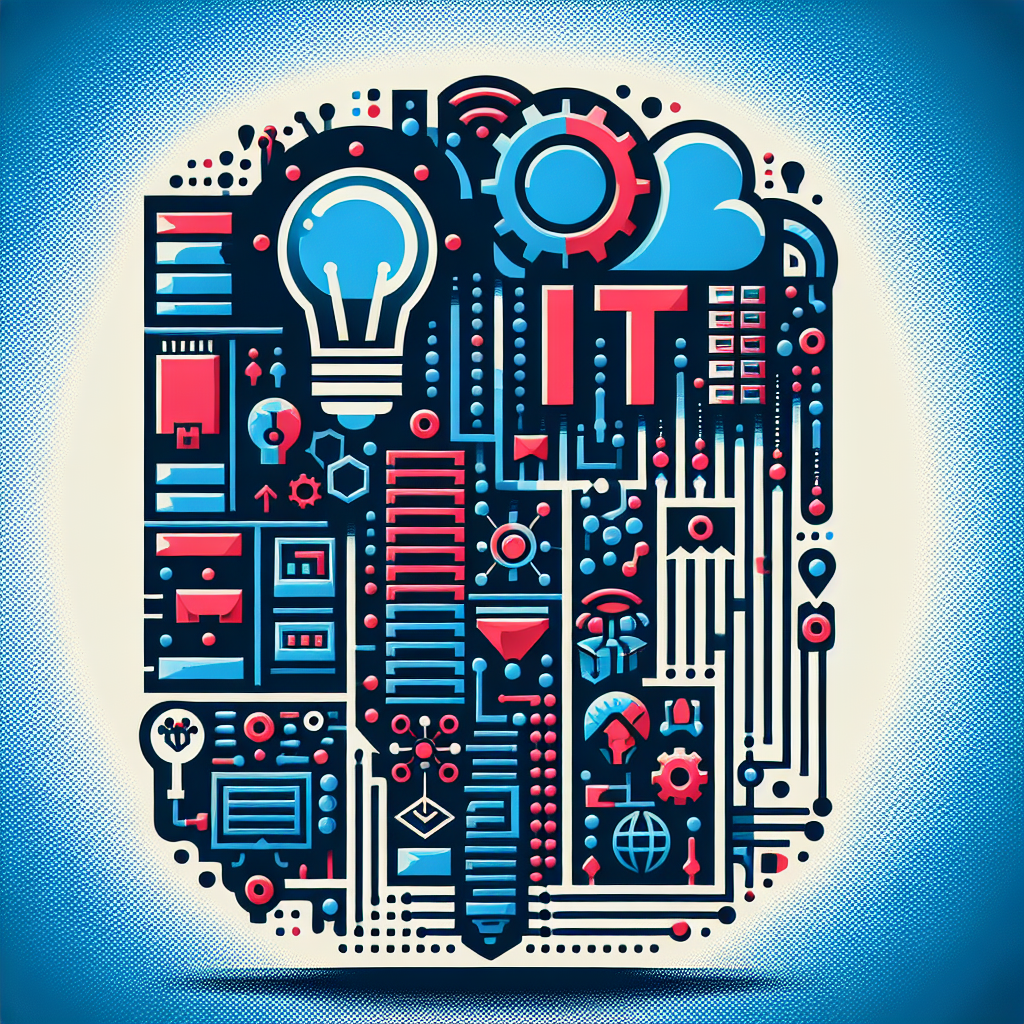Discoveries of Intrinsically Photosensitive Ganglion Cells and Predictive Processing
How Your Brain Predicts the Future Before Your Eyes See It
As you read these words, your brain isn’t just receiving information from the retina – it’s actively predicting what the next word will be, how this sentence will end, and what you’ll see when you look up from the screen! 🔮✨
Revolutionary Discovery: The Third Eye in Your Eye 👁️⚡
Intrinsically photosensitive ganglion cells (ipRGCs) represent one of the greatest neuroscientific sensations of the 21st century. Imagine that in your eye, alongside the familiar rods and cones, there exists another type of photoreceptor that has hidden its true nature for decades! 🕵️♂️
These cells aren’t ordinary ganglion cells – they possess their own photopigment melanopsin that enables them to directly sense light, without mediation from rods and cones! 🌞
Technical Analogy: Your Eye as a Perfect Optoelectronic System 📷💡
Rods and cones are like high-resolution CMOS/CCD sensors – they capture detailed images with all color nuances and contrasts. These are your “photographers” creating the picture you consciously experience.
ipRGCs, however, are the master ambient light sensors – smart devices that measure the total amount of light in the environment, independent of the specific image. They are the directors of photography for your vision! 🎬
Three Key Roles of This “Light Director”:
🔹 Pupil management: Like a smart aperture, ipRGCs control pupil size in real time, protecting sensitive photoreceptors and optimizing the dynamic range of vision.
🔹 Visual mode switching: Based on total light, the system “knows” when to switch from night (scotopic) to day (photopic) mode, making the transition seamlessly smooth.
🔹 Global brightness compensation: They contribute to brightness and contrast perception at the scene level, just like smartphones automatically adjust image lighting.
The Invisible Connection Between Light and Your Internal Clock ⏰🌅
Even more amazing, these cells have a direct connection to your suprachiasmatic nucleus – the brain’s master clock! Every morning, when light reaches your eyes, ipRGCs send a signal: “It’s day! Time to be awake!” 🐦
This explains why exposure to natural light during the day improves sleep quality at night, and why looking at screens before bed can disrupt sleep. Your eyes don’t just see – they manage your biological rhythm! 🌙➡️☀️
Even More Revolutionary: The Brain as a Future-Prediction Machine 🧠⚡
But the real revolution lies in understanding that the brain isn’t a passive information receiver at all – it’s an active reality generator! This is the essence of predictive processing theory.
How Your Brain Predicts the World Before Your Eyes See It:
Step 1: Prediction Generation 🎯
Your brain constantly generates reality models based on previous experience. When you enter a familiar room, the brain already “knows” what it looks like – where the furniture is, what color the walls are, even where your favorite vase should be.
Step 2: Error Measurement 📊
Signals from the retina serve only as prediction error signals – the difference between what the brain expected and what the eyes actually see. If the vase has been moved, the brain registers an “error.”
Step 3: Error Minimization 🔄
The brain has two ways to resolve this mismatch:
- Model updating (learning): Change its beliefs about where the vase is located
- Action: Move the vase back to its place or approach to see better
Visual Perception as “Controlled Hallucination” 🎭🔮
What we consciously experience as vision isn’t the raw image from the retina, but the brain’s best prediction that aligns with sensory data. In other words, vision is a controlled hallucination that matches reality! 🤯
Examples That Will Leave You Speechless:
🔸 Patients with visual impairment can “see” movement in parts of the visual field where they are completely blind, because their brain predicts movement based on context.
🔸 Optical illusions work because the brain prioritizes its predictions over actual sensory data.
🔸 In sports, professionals “see” events before they actually happen – their brains have learned to predict the flow of the game.
From Camera to AI: The Ultimate Shift in Understanding Vision 🤖🎯
These discoveries mark a dramatic shift from the camera analogy to the modern AI system analogy. Your brain isn’t like a camera that records – it’s like a GPT model that generates content based on context! 💻
Practical Implications That Will Change the Future:
🩺 Medicine: New treatments for sleep disorders, seasonal affective disorder, even neurodegenerative diseases
📱 Technology: Smart lighting that follows natural cycles, better displays that don’t damage sleep
🎓 Education: Optimizing learning through understanding how the brain predicts and learns
🏃 Sports training: Improving performance through training the brain’s predictive abilities
✨ Final Series Announcement:
In the last part of “Secrets of Light,” we will unite all threads – from quantum photons to consciousness, from the big bang to Feynman diagrams. We will discover how light runs through the entire story of the universe and how we, finally, became aware of its secrets. 🌌🚀

Comment below: 🔮 Have you ever felt your brain “predict” something before it happened? Share your experiences with premonitions or moments when you “saw” something that wasn’t there!

Leave a Reply